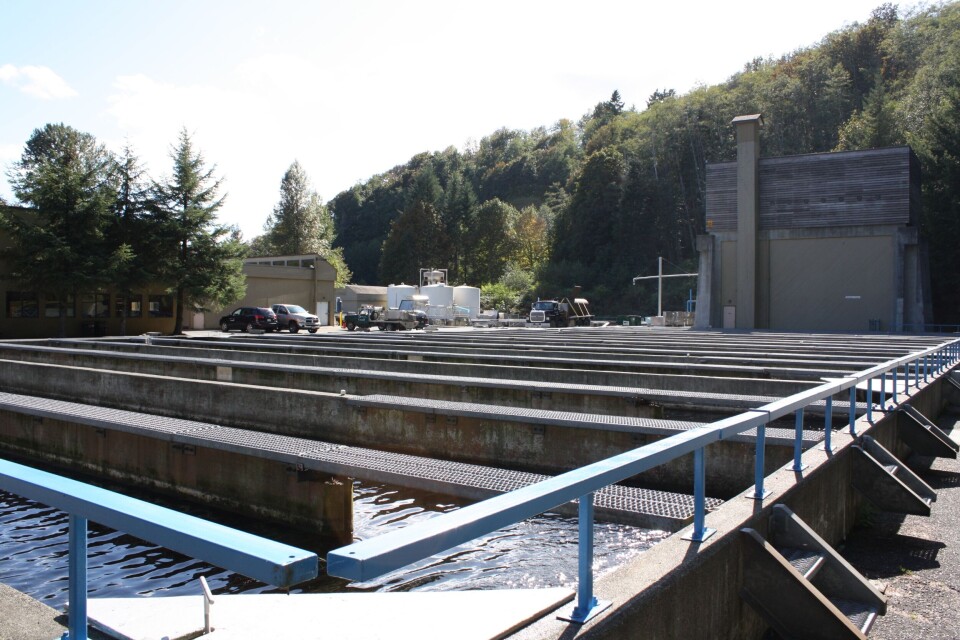
Salmon from non-profit aquaculture may pose problems for wild stocks
Back in 2007 B.C. salmon farming veteran Bill Vernon was one of those who had started to raise concerns about the number of salmon being released into the wild from government and non-profit organizations in B.C., Alaska and Japan in a method of “ocean ranching”. Without even considering the increasing number of salmon being released from hatcheries in Russia or Korea- Russian hatchery managers stated in 2010 that Russia is planning to build 23 new hatcheries that would increase the country's hatchery production by 66% or 680 million fish- he drew parallels with the British Columbia salmon farming industry when it comes to which production method is more efficient;
Salmon farming in BC uses feed resources sourced from the South Pacific while ocean ranching uses feed resources naturally occurring in the North Pacific.
• On average, over the past 10 years BC salmon farmers introduced to their farms 20 million smolts per year, which consumed about 155,000 tonnes of fish from the South Pacific to produce about 75,000 tonnes of marketable product.
• In that same time period, on average, salmon ranching introduced to the ocean 5 billion smolts per year, which consumed as much as 11 million tonnes of feed from the North Pacific to produce about 700,000 tonnes of product.
In other words, Ranching introduces 250 times as many smolts, consumes 70 times as much feed to produce less than 10 times the volume of marketable salmon!
The latest in a series of reports about the problems associated with ocean ranching and its potential effects on purely wild salmon stocks came out recently in a special issue in the journal Environmental Biology of Fishes. Ashley Ahern of Northwest Public Radio writes;
Northwestern rivers were dammed, fish hatcheries provided a way to keep salmon in rivers. But now an estimated 5 billion hatchery fish are released into the Pacific every year. A collection of research released Monday highlights possible concerns about how all those hatchery fish might be impacting wild stocks. Ashley Ahearn reports. The ocean’s a pretty big place, right? Maybe not big enough for wild salmon and hatchery salmon to share, according to some new research.
A special issue in the journal Environmental Biology of Fishes looks at how hatcheries are impacting wild fish populations. Research for the issue came from scientists around the Pacific Ocean – from Japan to California. One of the major findings: hatchery fish may be outcompeting wild fish for food in the Bering Sea. That area is a feeding hot spot for chum salmon – where fish that came from hatcheries mix and mingle with wild fish. With millions more hatchery salmon arriving at the feeding grounds, there’s not enough to go around and the researchers say that contributed to a significant drop in the wild chum population.
David Noakes was the editor of the special issue. He’s a professor in the Department of Fisheries and Wildlife at Oregon State University and a senior scientist at the Oregon Hatchery Research center. Noakes says that hatcheries are a tool but that this tool should be used with caution. Noakes: “Because when you’re introducing large numbers of animals you need to understand that you can’t take them back. They’re living creatures and they go out there and they continue to exist and they continue to interact in the ocean.” Hatcheries remain a major contributor to commercial salmon catches in the Northwest and Russia and Japan are increasing their hatchery outputs.






















































